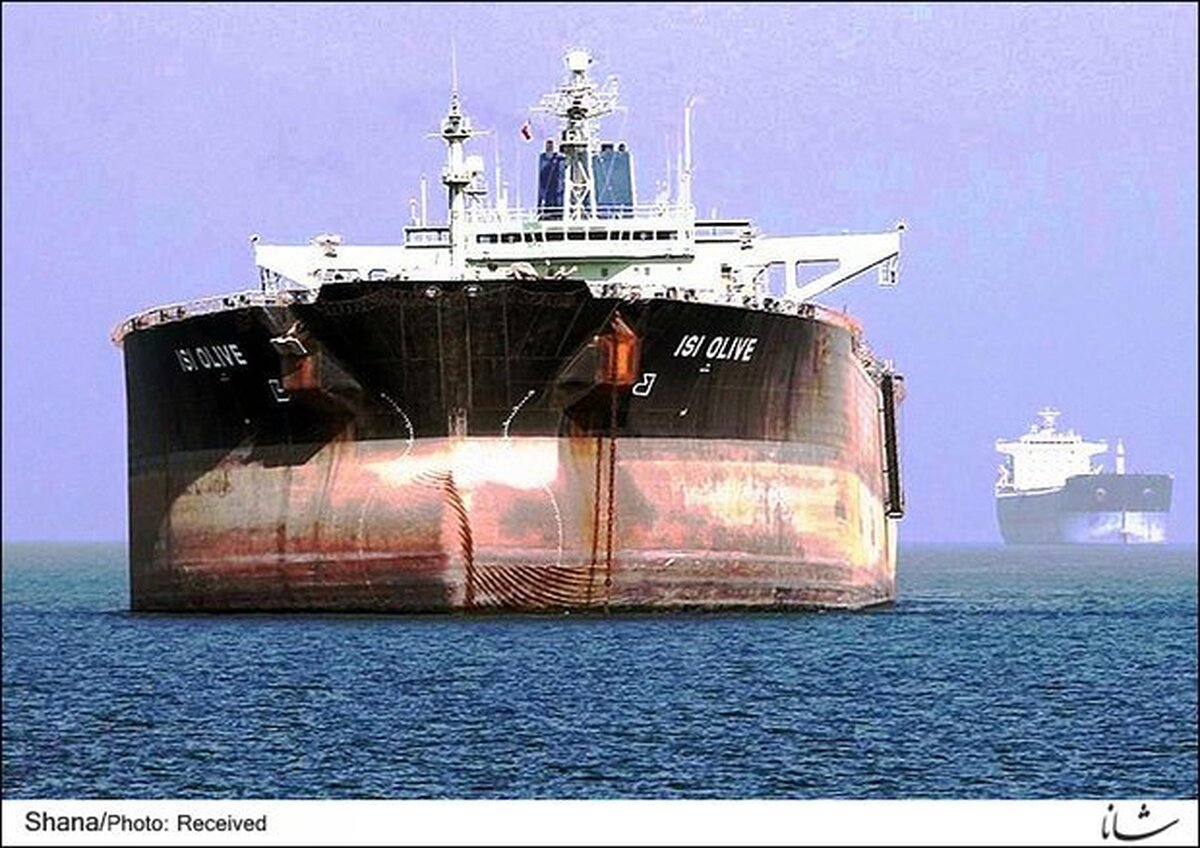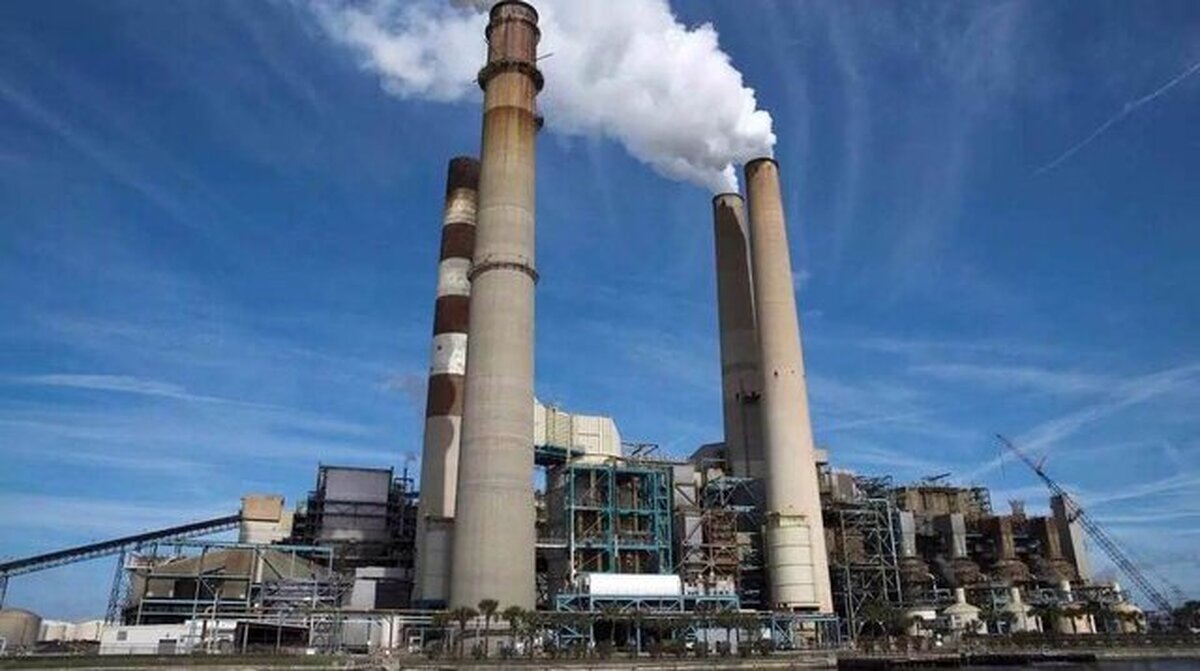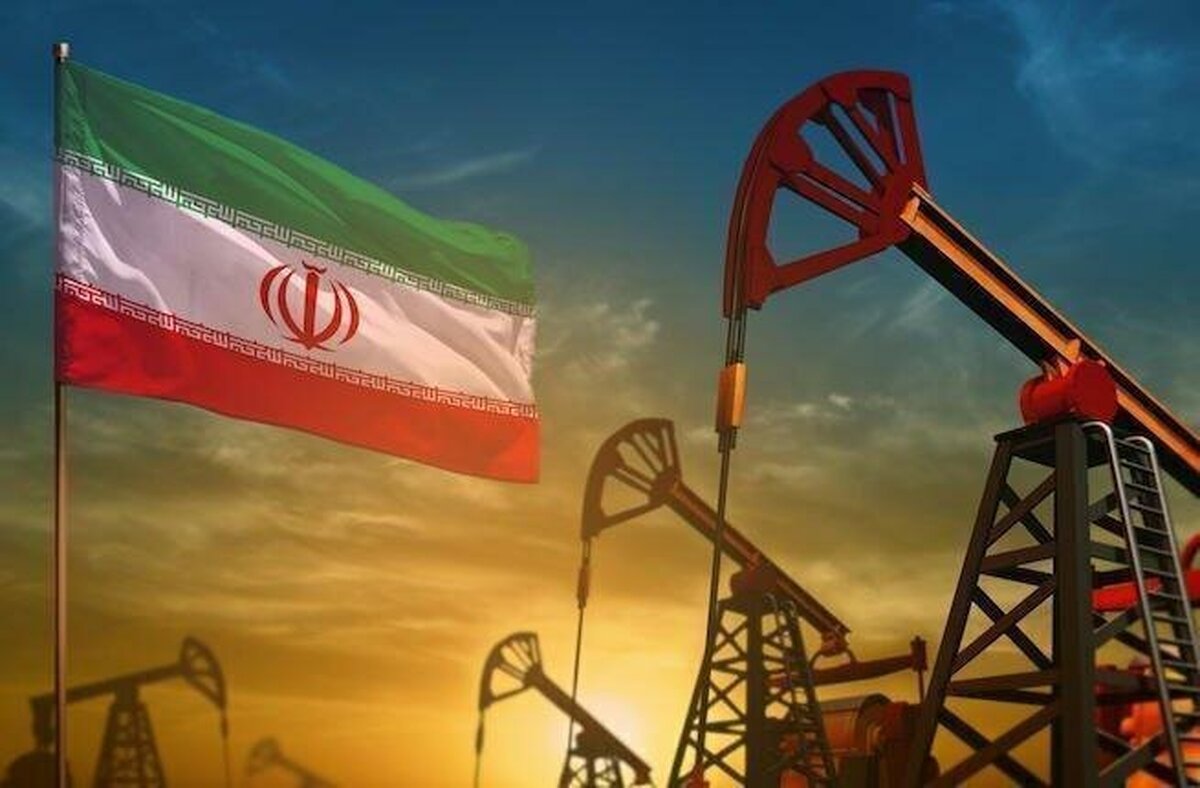
Iran Parliament's Think Tank Forecasts Lower Crude Prices
EghtesadOnline: Forecasting the future of the oil market is crucial, especially for countries where oil export is the lifeblood of the economy and budgets are constructed, deconstructed and reconstructed depending on crude price and production.
The significance of how much the black gold fetches in the international market is more important for a sanctions-hit economy like Iran where oil production is set to decline in fiscal 2019-20.
An analysis in the Persian-language economic newspaper Donya-e-Eqtesad (a sister publication of Financial Tribune) says in the best case scenario oil revenue will fall by 25% in next year's budget.
Future crude oil prices are heavily influenced by geopolitics and global economic growth as well as the views of Iran oil’s importers after the US re-sanctioned Iran in November, according to Financial Tribune.
All things considered plus the uncertainties surrounding oil production and consumption, the Majlis Research Center, in a recent report estimates that Brent crude will be cheaper in 2019 than 2018.
The influential think tank, however, admits that making accurate predictions is not possible due to several unforeseen developments such as the possibility of sharp cuts by OPEC (and non-OPEC) countries.
Global crude prices fell steeply between 2014 and 2016 only to rise mildly in 2017. The average price of Brent fluctuated between $26-55 in 2016 and climbed to $44-64 in 2017 -- up 23.8%.
The upward trend continued in 2018 reaching $72.97 in the first ten months of 2018 -- up 34.7% compared with the average in 2017.
MRC appraises global economic growth forecasts and what could be the price of oil in 2019 by international organizations and reflects on possible scenarios for the oil market as 2018 comes to a close.
The International Monetary Fund has said that global economic growth will be in the region of 3.7%. The same was said about 2016 and 2017. This is while OPEC has predicted global growth for 2019 to be 3.6%, 0.1% lower compared to 2017.
Additionally, the Organization for Economic Cooperation and Development says global economic growth in 2018 will reach 3.7% and be the same for 2019.
Supply and Demand Mechanism
OPEC forecasts about oil demand and supply show that due to non-OPEC contribution (USA, Canada, Brazil, Russia, and Kazakhstan) to the supply of crude oil in the market, supply will be higher than demand creating a market glut in 2019.
OPEC predicts that the market will face 1 million barrel of excess supply and the srplus will be 1.3, 1.1, 0.6, 1.1 for the first, second, third, and fourth quarters of 2019, respectively.
The International Energy Agency predicts that demand for OPEC crude will decrease from 32 million barrels in 2018 to 31.6 million barrels next year.
Similarly, the US Energy Information Administration predicts that the oil market will face an average 300,000 barrels oversupply per day.
The above numbers indicate that if supply remains unchanged next year and prices decline further, OPEC members should rethink their production levels and prepare for new cuts.
The excess supply of crude in the global market gave US some leverage and helped President Donald Trump to mount pressure on Iranian oil customers to cut imports looking at the possible bigger picture, MRC predicts that Brent would average $62-68 in 2019.
Caption: The Majlis Research Center, in a recent report estimates that Brent crude will be cheaper in 2019 than 2018.




